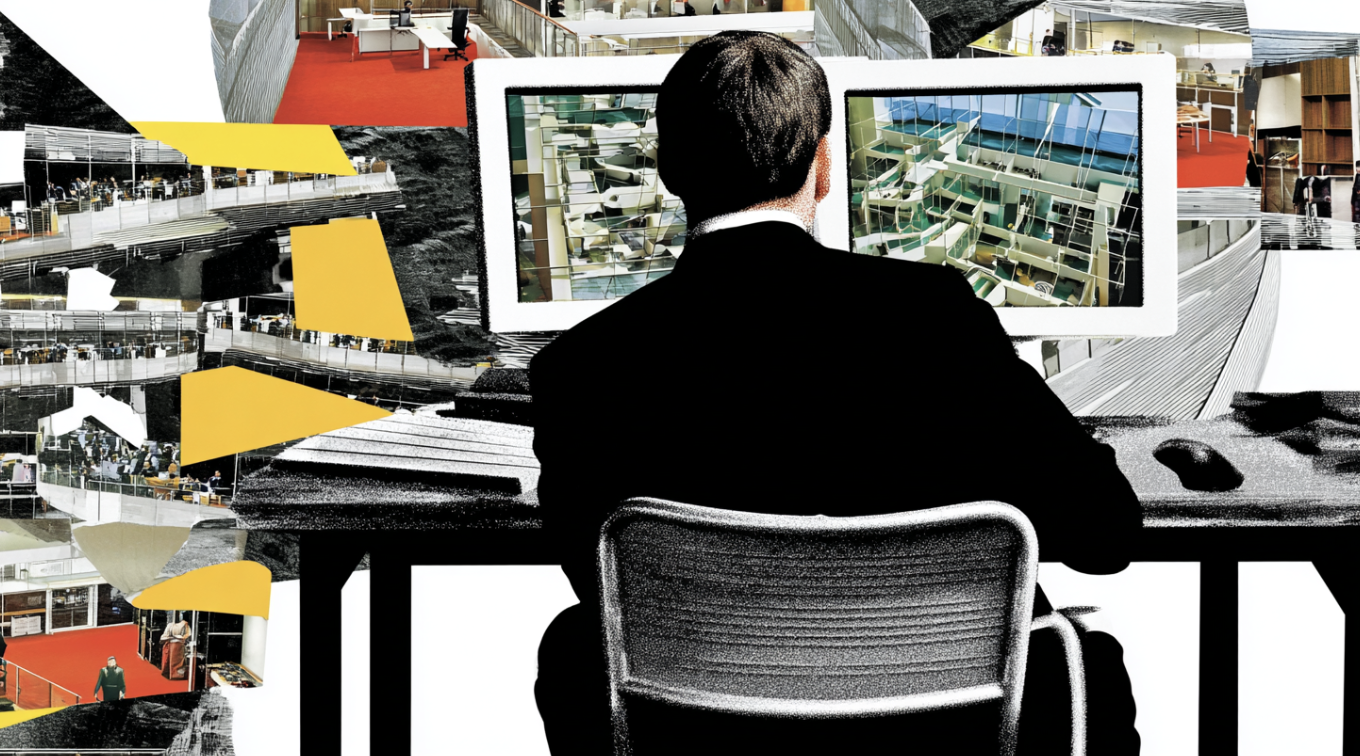Privacy and occupancy sensors: 3 practical realities to face
The right occupancy sensors count people while respecting privacy and shielding companies from costly security breaches.

Occupancy sensors are having a moment—for good reason. The global market for tech that helps businesses optimize space is set to double by 2030, according to Markets and Markets.
It makes sense: Companies want smarter spaces, happier employees and fewer wasted dollars on desks and rooms nobody uses.
But let’s hold the celebration. Not all sensors are created equal when it comes to battery life and installation challenges. But they also differ wildly, more importantly, in how they preserve or violate employee privacy. Today’s workers get why you’re counting heads, but they won’t (and shouldn’t) tolerate Big Brother.
Getting this wrong can be messy. High-profile companies have found out the hard way, facing backlash, employee protests and costly sensor rip-outs because their tech missed the privacy mark.
When it comes to deploying sensors in workplaces, privacy isn't just good ethics—it's good business.
Respecting reasonable expectations of privacy should be paramount
Employees reasonably expect privacy in spaces designed for focused, creative or sensitive work—like desks, meeting rooms or restrooms. Introducing surveillance, particularly cameras, into these environments can substantially degrade performance and morale. No one likes feeling watched. Research consistently shows that surveillance negatively impacts productivity and trust.
Optical sensors (cameras) pose a significant privacy challenge because their functionality inherently involves observation. Maintaining a reasonable expectation of privacy means avoiding any surveillance employees aren't explicitly aware of and haven't consented to.
Get the information security dividend by investing in privacy-safe systems
When evaluating a sensor vendor, always ask: "Can you show me exactly what your sensor sees?"
Investing in privacy pays dividends in information and network security. A sensor's raw data tells the full story. When evaluating a sensor vendor, always ask: "Can you show me exactly what your sensor sees?" If the sensor uses cameras, that data will immediately reveal itself as visual imagery, prompting essential questions about anonymization, data storage and access control.
When evaluating a sensor vendor, always ask: "Can you show me exactly what your sensor sees?"
The so-called "optical sensor" is actually taking constant photographs of someone's desk, capturing sensitive papers, keystrokes and intellectual property.
Vendors will say that these pictures are low resolution or encrypted but it’s hard to reconcile that these cameras are accurate enough to distinguish a coat from a chair yet low resolution enough that they don’t present a security issue.
No matter how advanced your security infrastructure, introducing camera-based sensors creates an inherent vulnerability. You’re only as secure as your weakest link—and for many organizations, a camera represents precisely that weak link.
Avoid the liability trap at all costs
Legal teams dread third-party cameras—and with good reason. In 2013, Target suffered one of the largest hacks in history, exposing the personal data of over 100 million customers. How did the attackers get in? Through a third-party HVAC vendor.
Cameras from external vendors offer hackers attractive entry points into sensitive corporate networks. Unlike traditional security cameras positioned openly in public or semi-public areas, occupancy sensors installed above desks or in private meeting rooms where sensitive materials are shared pose real risks. Malicious actors could compromise these sensors to capture keystrokes, observe meetings or map out critical spaces.
Interestingly, providers like Verkada, known for security cameras, may present fewer risks because their cameras typically monitor openly public or semi-public spaces rather than sensitive work areas. Occupancy sensor vendors, who often position their equipment precisely in areas employees expect privacy, must clear an even higher security bar.
The bottom line: prioritizing privacy is the way to go
Privacy isn't just ethical; it's practical, secure and legally prudent. Respecting the reasonable expectation of privacy preserves productivity and morale. Rigorous information security practices prevent critical breaches. And avoiding optical systems in sensitive areas helps organizations steer clear of significant liability.
Ultimately, clarity and transparency in what data sensors collect and how they're used are essential. Companies that navigate these three practical realities wisely will safeguard their employees' trust, their security infrastructure and their legal standing.
Interested in learning more about Density's solutions?
Key Takeaways

DisruptCRE founder shares how corporate real estate is changing
Companies are moving employees from underutilized offices into "space as a service” options with utilization data.
Watch now
Half of offices are empty but you still can’t find a meeting room
Employees waste up to 30 minutes a day looking for a meeting room to meet in workplaces.
Read moreMost recent

The truth behind “99% accurate” occupancy sensors
Accuracy in occupancy sensing depends on the type of space and situation you’re measuring—not a flat percentage claim.

Battery-powered sensors: New hype, same problems
Sensors with batteries decay over time. Learn why real-time occupancy data still demands a wired, scalable solution.

From packed to luxe: How occupancy sensors are saving the airport lounge experience
Airport lounges maintain exclusivity using occupancy sensors. They can help reduce wait times, enhance guest experience.
Explore other Density Products
Atlas for Workplace
Insights for the workplace that help you cut costs and deliver better spaces.
Learn more
